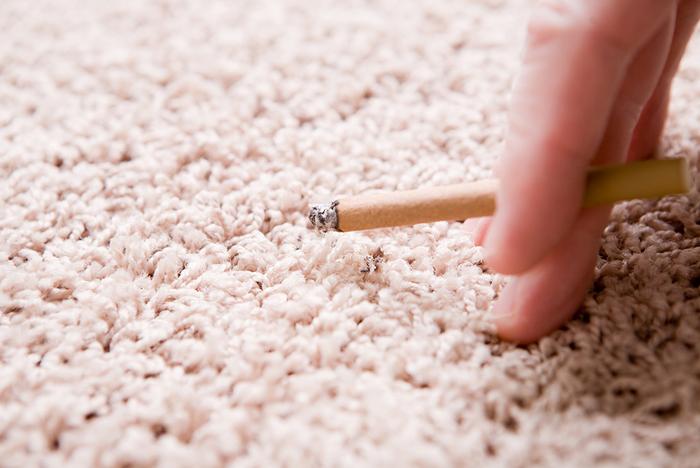
In rooms where smoking has taken place regularly, tobacco’s imprint lingers on indoor surfaces, even long after regular smoking has stopped, according to new research.
The leftover residues, known as thirdhand smoke, can be a long-term source of indoor pollutants. New findings – from a team led by the Department of Energy’s Lawrence Berkeley National Laboratory (Berkeley Lab) – zeroes in on carpets as an especially potent – and difficult to clean – reservoir of tobacco contaminants.
When thirdhand smoke settles into surfaces, it doesn’t stay there. Chemicals re-enter the air, sometimes transforming into new types of contaminants. Carpet is a major sink for thirdhand smoke. In this study, the researchers evaluated the effects of ozonation, a common cleaning method, on smoke-exposed carpet.
The team found that while ozonation partially removed polycyclic aromatic hydrocarbons from both aged and fresh carpet samples, it was relatively ineffective at removing deeply embedded nicotine, because the fibres and other chemical constituents in the material serve as a chemical shield.
“Because it does not reach deeply into materials, ozone has a limited ability to ‘clean’ permanently,” said Berkeley Lab researcher Xiaochen Tang, the study’s lead author.
Ozone generators release ozone gas so that it can react with harmful compounds and remove them from the air and from surfaces. But the generator also creates a burst of contaminants when running.
The group noted that ozonation has been used as a remediation method for years because it is good at removing odours – but that can create a false sense of efficacy. The study appeared in the journal Environmental Science and Technology.








